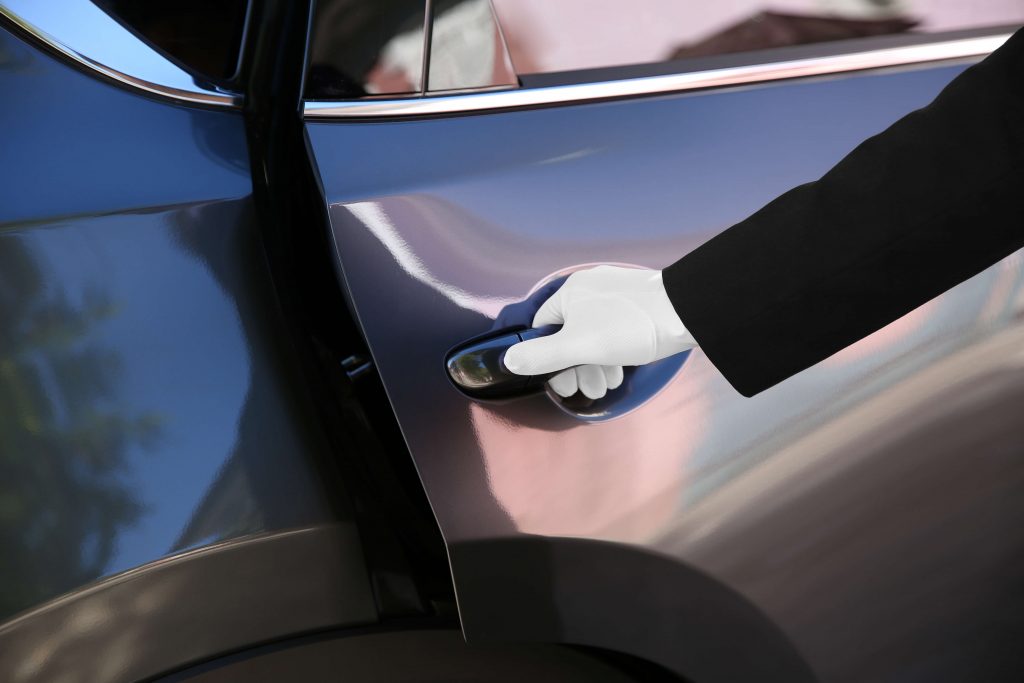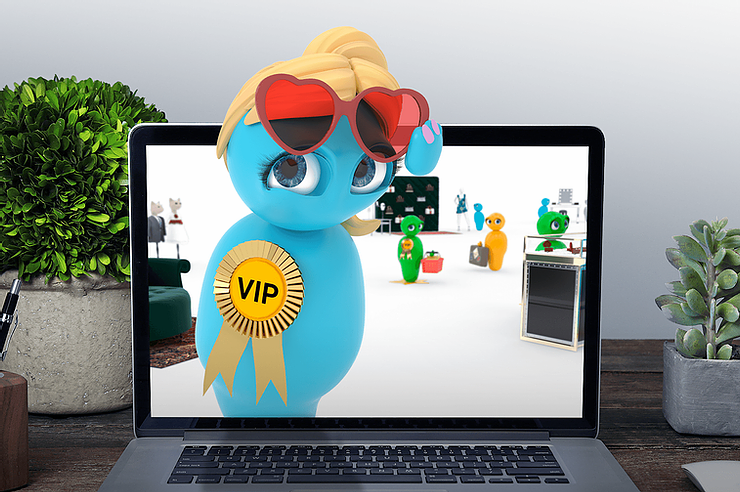By Dean Farris
“You can look around and there’s not a sign of hypocrisy. Nothing but sincerity as far as the eye can see.” –Linus, It’s the Great Pumpkin, Charlie Brown

It’s a holiday tradition.
Every fall, millions of people in the US set aside their responsibilities and detach temporarily from a laundry list of daily obligations to plop in front of their TVs, tablets, or other streaming devices and join Linus Van Pelt as he faithfully awaits the Great Pumpkin’s arrival. Though debuting in 1966, It’s the Great Pumpkin, Charlie Brown, continues to delight and entertain contemporary audiences of all ages because the storyline – a single-minded belief in, and dedication to, a doomed principle or ideal – remains as relevant today as it did fifty-six years ago. From a business standpoint, we’d say, Linus, despite his natural talents, was incapable of establishing his customer base.
In an article for the balance of small business, contributor Laura Lake highlights five reasons even potentially beneficial goods or services might ultimately fail to attract a customer following: lack of awareness, lack of understanding, lack of perceived value, a perception of the good or service as unnecessary or an impression of the good or service as inaccessible. I’d add a sixth consideration to this checklist: a perceived lack of authenticity.
When speaking of luxury, the authenticity element assumes particular importance.
Consider the following provocative statistics as reported by Maryam Mohsin in April 2022, instalment of Oberlo:
- 88% of consumers report authenticity as a critical factor when choosing among brands
- 46% of consumers report a willingness to pay more for trustworthy brands
- 66% of consumers value transparency as one of the most attractive brands
Expanding upon this theme in Luxury Today, luxury aficionado Flavius Jeican addresses the authenticity component by way of gemütlich, a German word traditionally translated as “snug” but which has more recently acquired a broader meaning within the white-glove milieu. Today, when referencing luxury, to be gemütlich presumes happiness, contentedness, or completeness, thanks in part to a high-touch good or service. Thus, for an item or service to qualify as an authentic luxury by twenty-first-century standards, it must of necessity satisfy specific lifestyle criteria including that feeling of substantive wholeness.
Indeed, authentic modern luxury suggests an experience beyond that of the product or service itself.
How, then, does a luxury brand go about creating this experience for its customer? How does a brand ignite gemütlich?
For starters, a successful luxury brand must know its customer base, attitudes and preferences, likes and dislikes. Even among consumers in comparable income brackets, luxury for some means a day on the golf course while luxury for others is foie gras with truffles and Jurancon in the South of France. Still, others may regard the freedom to participate in structured endurance training or a rigorous marathon race as the very definition of luxury (hard to believe, but true nonetheless). Different customers will champion different tastes and expectations, and the brand must both understand and respond to these in a sensitive, relevant way.
While our awareness of the relationship between luxury and authenticity may be relatively new, the importance of brand or product authenticity from the consumer’s perspective, luxury or otherwise, is a long-established marketing pillar. Indeed, with regard to even the most mundane of purchases, there’s an undeniable internal dialogue taking place within every customer’s subconscious, and it goes something like this: How will this item or experience impart to me a positive footprint which will then generate a sense of fulfilment or completeness in a way that a similar, or even identical, item or experience won’t or can’t? It’s up to the brand to answer this question, to understand the consumer and to communicate in clear and convincing messaging those elements which speak to its unique authenticity. By way of successful brand storytelling, an entrenched public perception of greater commodity value may be established.

It’s important, however, to note the distinction between effective marketing storytelling and damaging marketing ploy, the former creating brand authenticity and customer loyalty, the latter provoking suspicion and public distrust. Successful companies recognize this discrepancy and, in response, go to great lengths throughout the storytelling process to link the core ethics of their clientele to those of the brand. As Linus might put it, for the modern-day consumer to perceive authenticity, a brand must translate as sincere.
As such, the customer takeaway is a perception of increased brand value as, now, the good or service in question not only makes one whole from the firsthand frame of reference but does so in a broader sense as well from the standpoint of a greater good. Without both elements, today’s product or service–in the eyes of the consumer and exclusivity, price, or other bells-and-whistles notwithstanding – lacks genuine authenticity.

As well-known companies continue to speak to their customers’ core values, exciting new ways of transmitting brand authenticity evolve. Johnson & Johnson, for example, has committed to a 100% corporate reliance on renewable energy by 2025. At Powerfront, our entire global team works remotely as part of our carbon footprint reduction and quality of a work/life balance. Gucci continues to embrace genderless fashion and a sustainable supply chain. And, by virtue of a sweeping five-pillar sustainability strategy – including The Formula Benessere program which provides preventive healthcare to employees and their children and a corporate commitment to carbon-neutral vehicles by 2030—racing icon Ferrari joins the growing ranks of other exclusive brands dedicated to the dynamic reinterpretation of luxury authenticity.
Now, that’s what I call gemütlich, Charlie Brown.
Speak to our team to experience how Powerfront works with the world’s biggest luxury brands to give customers the ability to have an exceptional shopping experience that is personalized, accessible, and easy.
Read more about Transformative Luxury Chat


